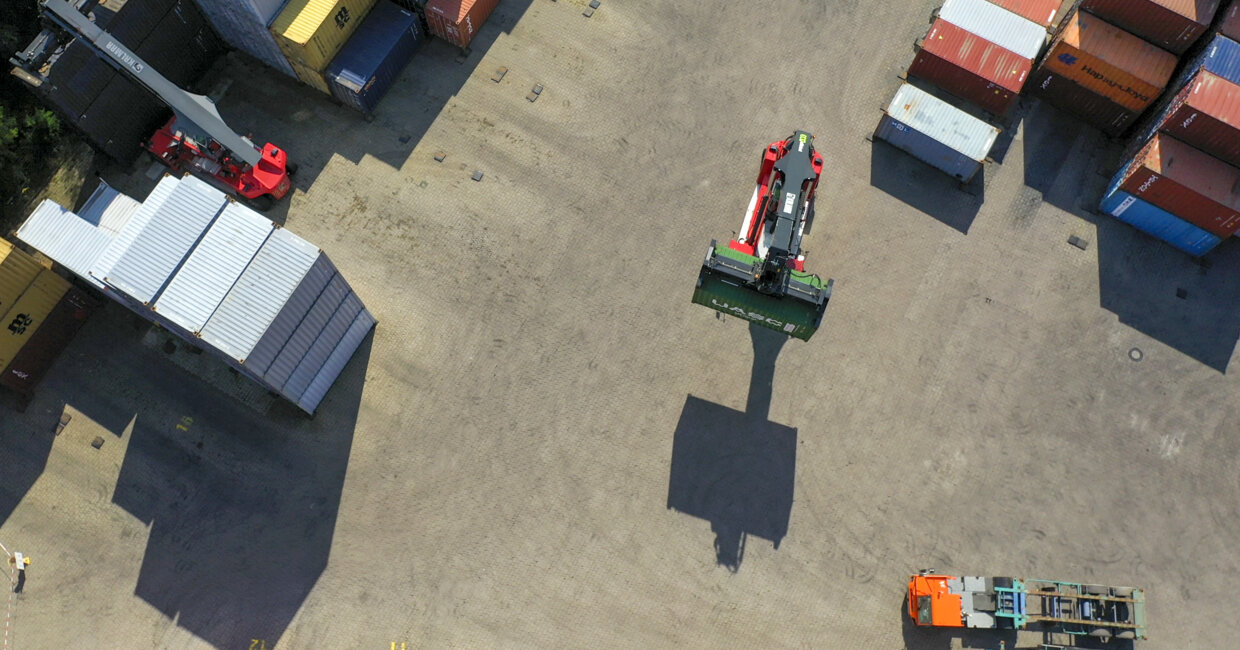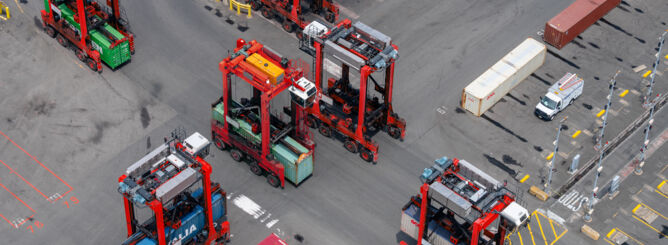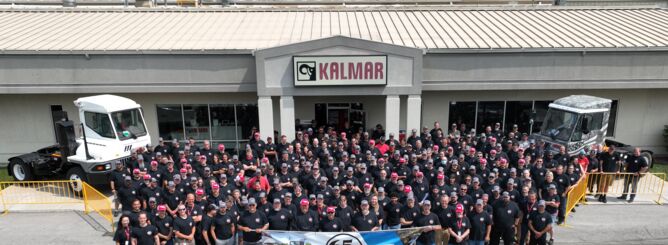What can you do to improve the safety of your operations – today?
How do you get started to ensure safety efficiency? In general, any and all safety measures taken will improve efficiency by preventing incidents or accidents and reduce unplanned downtime, repairs, costs and sick leaves. This means that every action counts – and there’s no better time to start than the present.
What is safety in cargo and material handling? Safety in this area is many things, from pre-operational factors like container loading to post-operational functions and continuous maintenance. Mastering all these safety aspects effectively will make a big difference to the bottom line and to the safety of your operations and workers.
When you want to improve your safety efficiency, there are a few beginning steps to take. You need first to formulate a holistic understanding of the major safety areas and the risks they entail; yard, cargo handling equipment, containers and cargo and people.
Next, we break down how you can improve safety efficiency in these key areas.
For the yard, check:
• Traffic management procedures and signs are in place
• The yard condition is properly monitored and maintained at all times
• First aid stations and heart defibrillator equipment are easily and quickly accessible
Tobias Zink, Sales Representative, Kalmar
“In the yard, it’s important that you can track both driver behavior and yard conditions and layout by monitoring shocks and overloads. Responsible and safe driving is vital to prevent injury to people and damage to equipment. Using Kalmars’ fleet and performance management system Kalmar Insight will give an overview of your yard with information on, for example, locations of shocks and overloads and the size of shocks measured in G force.”
For cargo handling equipment safety
• Make sure you carry out daily inspections of your fleet to detect any damage or operational faults in good time
• Take a proactive approach to service and maintenance to prevent use of faulty equipment and minimise unscheduled downtime
• Retrofit necessary safety options to existing fleets so that all machines are safe to operate and your entire operation is at the highest safety standards possible
Hanna Kosunen, Product Portfolio Manager, Services, Kalmar
“Equipment safety functions and upgrades are a crucial part of supporting safety in a container yard. Recently at Kalmar, we have been installing a lot of upgrades to our customers’ existing fleets - including speed limiters, different types of seatbelts and features that improve visibility, such as reverse warning cameras.”
For safer handling of containers and goods
• Make sure you inspect all sides of the containers to see if they are damaged – and always report damaged containers to the owner
• If you are loading ships, make sure to follow the SOLAS requirements for accurately weighed containers
• Be aware that goods shift during transport and can be badly packed, so using load eccentricity will keep you safe
Tobias Zink, Sales Representative, Kalmar
“Shifting cargo and uneven weight distribution are some of the most common causes of cargo damage and can even damage cargo handling equipment and injure people. By monitoring the load eccentricity of laden containers and trailers, you can ensure that you sideshift the reachstacker spreader to a safe handling position or report the container or trailer as unfit for transportation until repacking is done. In this way you can prevent damage and accidents.”
For people safety
• Keep your people safe by having safety gear and routines in place
• Ensure the correct functionality of the cargo handling equipment for the cargo handling requirement needed for the operations
• Train your people in how to handle accidents and all safety related situations; for example, proper utilisation of first aid and CPR is crucial if someone is injured or suffers a heart attack
Mette Kjems Bærentzen, Portfolio Manager, Kalmar
“As an extra motivational bonus, why not, for instance, actively monitor and reward safe driving and operations? Develop a list of Safety Key Performance Indicators, review the current status, set and communicate a target level and time frame and let everyone know how their driving performance impacts the target.
In summary, safety is the sum total of the numerous parts, and can be approached from many different angles. Quite often, safety does not even require considerable investment or effort: it is often the little things that are the most helpful to make your existing fleet safer.
Please contact us if you have any questions or concerns about safety – and let us show you how safety can take efficiency to a higher level!



